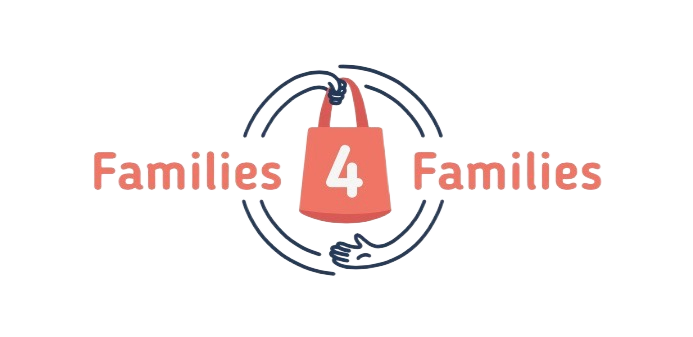FOOD INSECURITY
What Is Food Insecurity?
According to a study published by Feeding America, every county in the United States is home to someone who is food insecure. Chances are, you interact with someone at least once a week who is food insecure: at school, at the park, even at the grocery store. Single mothers are most at-risk, and one-in-seven children in the United States often wonder where their next meal will come from.
Food insecurity is broader than just hunger. While those experiencing very low food security experience consistently lower food intake and disruptions in meal schedules, food insecurity also incapsulates those with little or no access to healthy food. Neighborhoods experiencing food apartheid, food deserts, and food swamps are major contributors to food insecurity in rural and segmented urban areas.
Food Insecurity in the United States
One in every five children is unsure where they will get their next meal.
Nationwide, there are over 6,500 food deserts and 40.5 million individuals live in a USDA-designated food desert.
One-in-four single mothers face food insecurity, compared to one-in-ten married-couple households with children.
Black and Hispanic households are twice as likely to experience food insecurity than White households.
Nearly 50% of food insecure individuals do not qualify for federal food assistance programs like SNAP.
Senior citizens experiencing food insecurity are 53% more likely to report a heart attack and 52% more likely to develop asthma.







